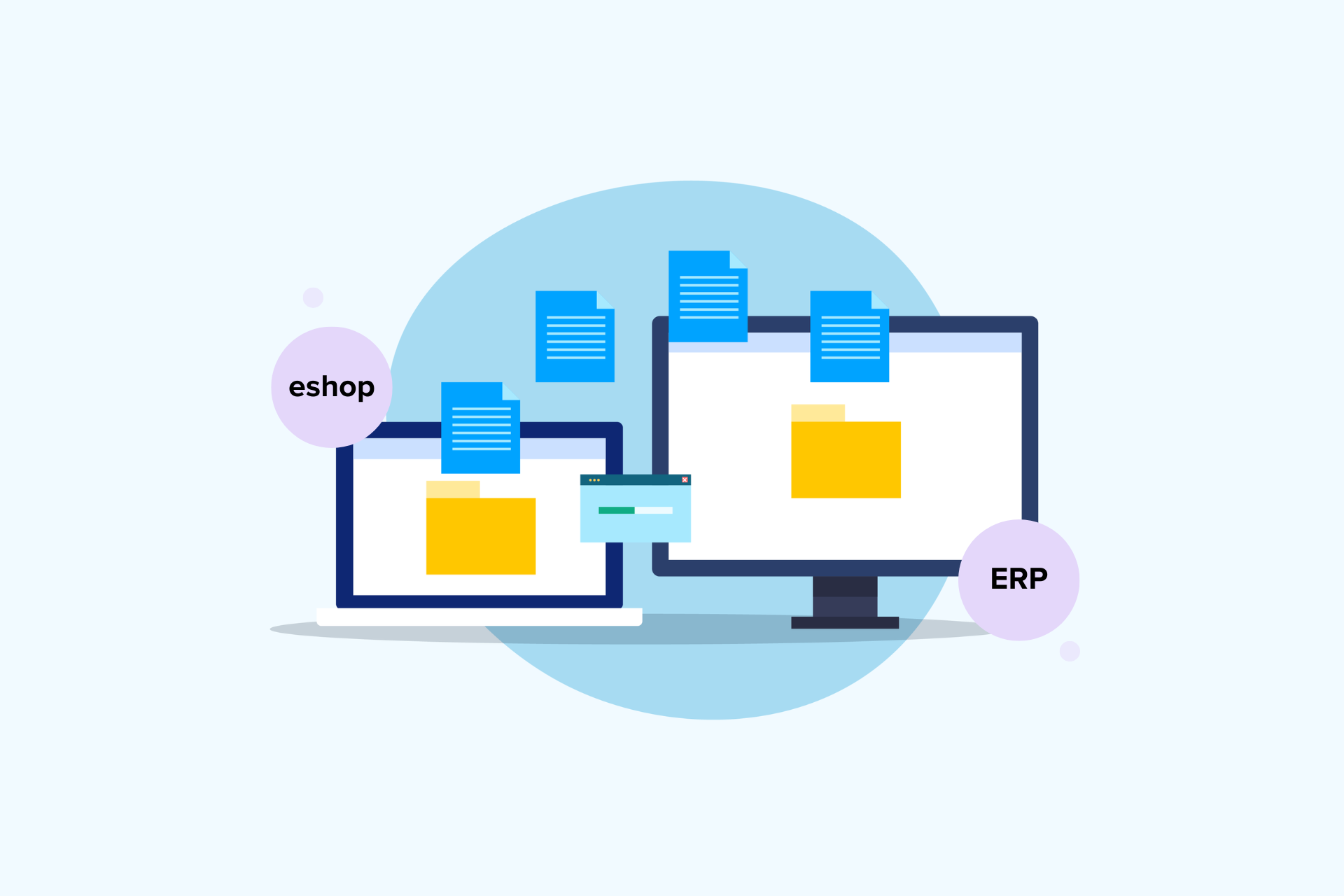Modern businesses need to continuously upgrade their operations to meet market demands and stay competitive. The digital age brings both new challenges and new opportunities. One of the most important developments for efficient business management is the full integration between your eShop and ERP (Enterprise Resource Planning) system.
This integration isn’t just a technical enhancement—it’s a strategic move that improves performance, accuracy, and speed in day-to-day operations.
What Is ERP and How Does It Connect with Your eShop?
An ERP system is software that helps businesses manage various operations such as accounting, procurement, inventory, sales, and human resources. Its main goal is to unify these processes into a single system, allowing real-time monitoring and strategic decision-making.
Your eShop, on the other hand, is the online sales platform that allows your business to reach customers digitally and sell products or services online. When your eShop is connected with your ERP system, data flows seamlessly and accurately between the two, boosting your operational efficiency and business performance.
Benefits of eShop and ERP Integration
- Increased Data Accuracy
With automated synchronization between your eShop and ERP, errors caused by manual data entry are eliminated. Real-time inventory updates prevent overselling or stock shortages. - Faster Customer Service
Orders, payments, and shipping information are updated instantly and accurately, ensuring quick processing and delivery. This improves customer satisfaction and strengthens your brand reputation. - Efficient Inventory Management
Every order placed in the eShop automatically updates the inventory levels in the ERP system. You always know what’s in stock, which products are running low, and when to restock. - Optimized Financial and Accounting Processes
Each sale made through your eShop is automatically recorded in the ERP system, keeping your financials up to date. This minimizes time spent on manual entries and reduces the risk of accounting errors. - Detailed and Accurate Reports
Integrated systems provide real-time analytics and reports. You can monitor sales, inventory, cash flow, and more from one central place—enabling better business forecasting and strategic decisions. - Reduced Costs and Time
Automating the flow of data between systems means fewer resources spent on repetitive manual tasks and error correction. This streamlines operations and reduces overhead costs.
How to Achieve Full Integration
- Assess Your Business Needs
Identify which processes need integration and define how data should flow between your eShop and ERP system. - Choose the Right Software
Some ERP solutions offer built-in eCommerce connectors. Alternatively, you may need custom integrations using APIs or third-party tools. - Train Your Team
Make sure your staff understands how to use the integrated system effectively. Proper training is crucial for a smooth transition. - Test and Optimize
Before going live, test the integration to ensure that everything works correctly and that data flows smoothly between systems.
Full integration and automated data transfer between your eShop and ERP system is not just a tech upgrade—it’s a strategic decision that directly affects your efficiency and growth. From reducing errors and streamlining customer service to improving financial accuracy and providing real-time insights, the benefits are substantial.
If your systems aren’t yet connected, now is the time to seriously consider it. The market demands speed and flexibility, and integrating your eShop with your ERP is the key to thriving in today’s fast-paced digital landscape.
